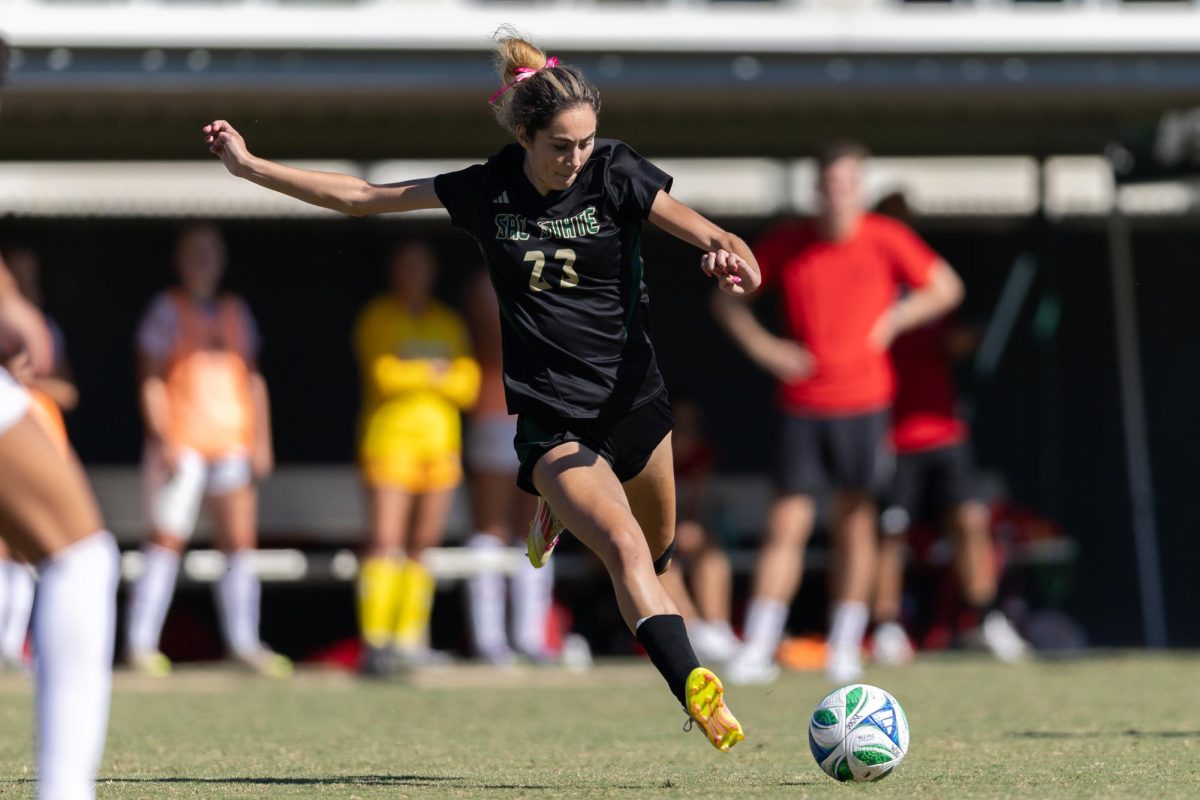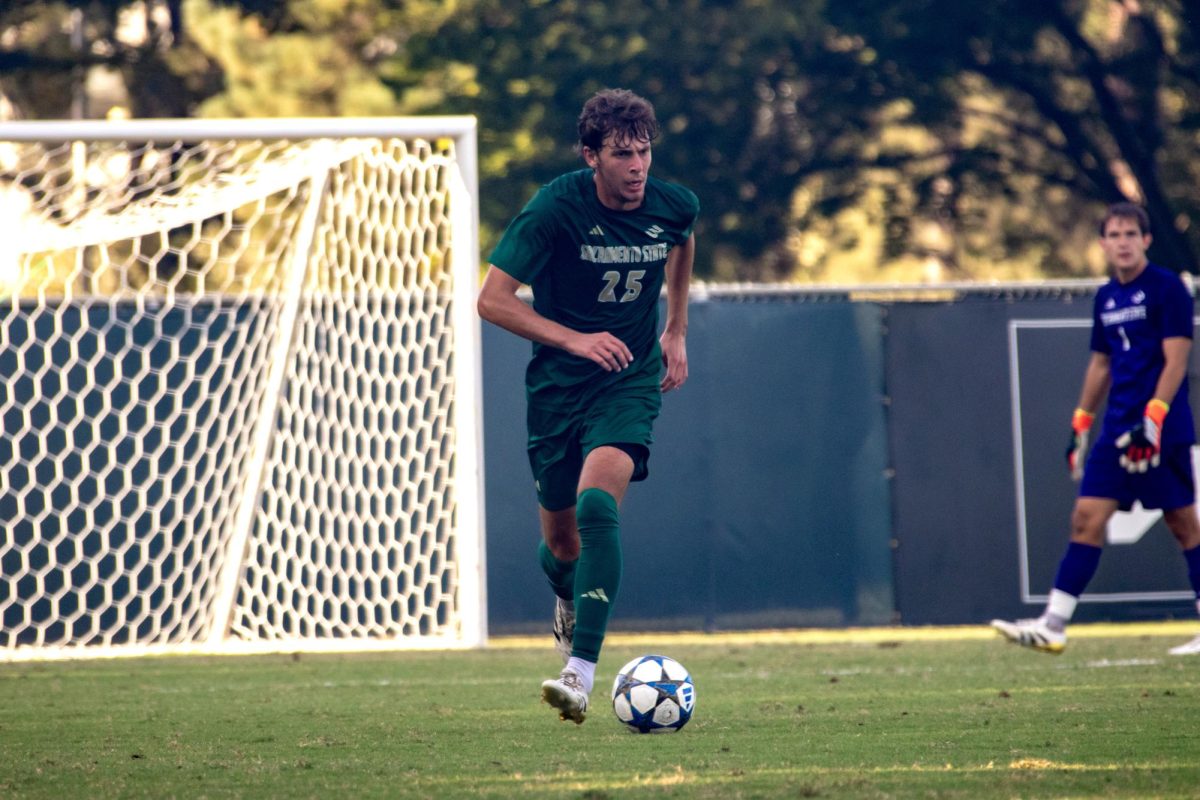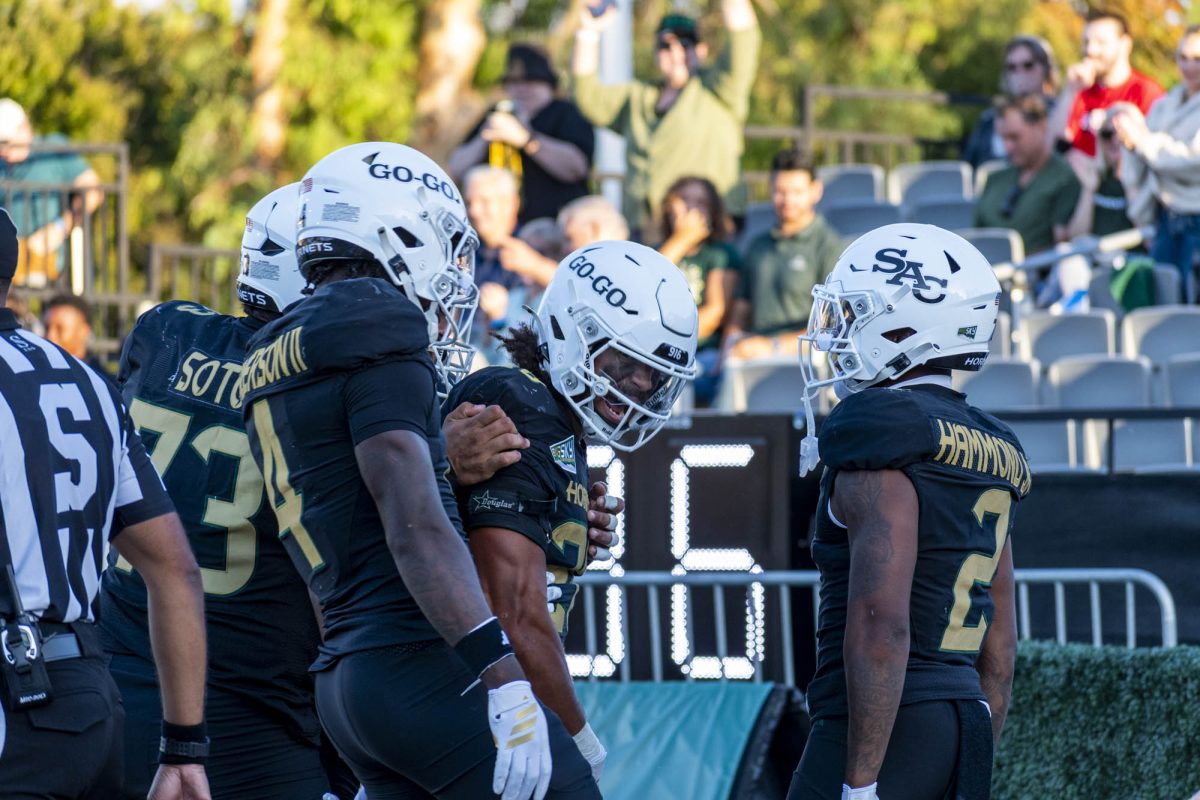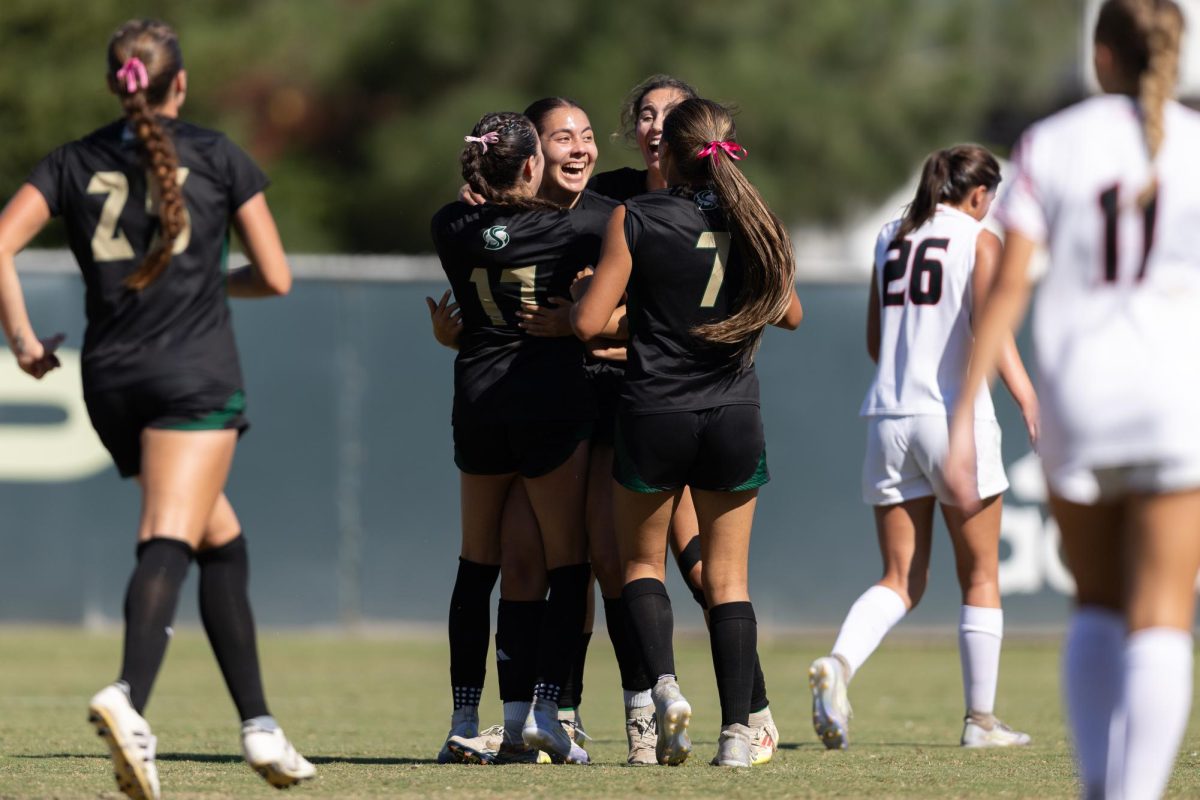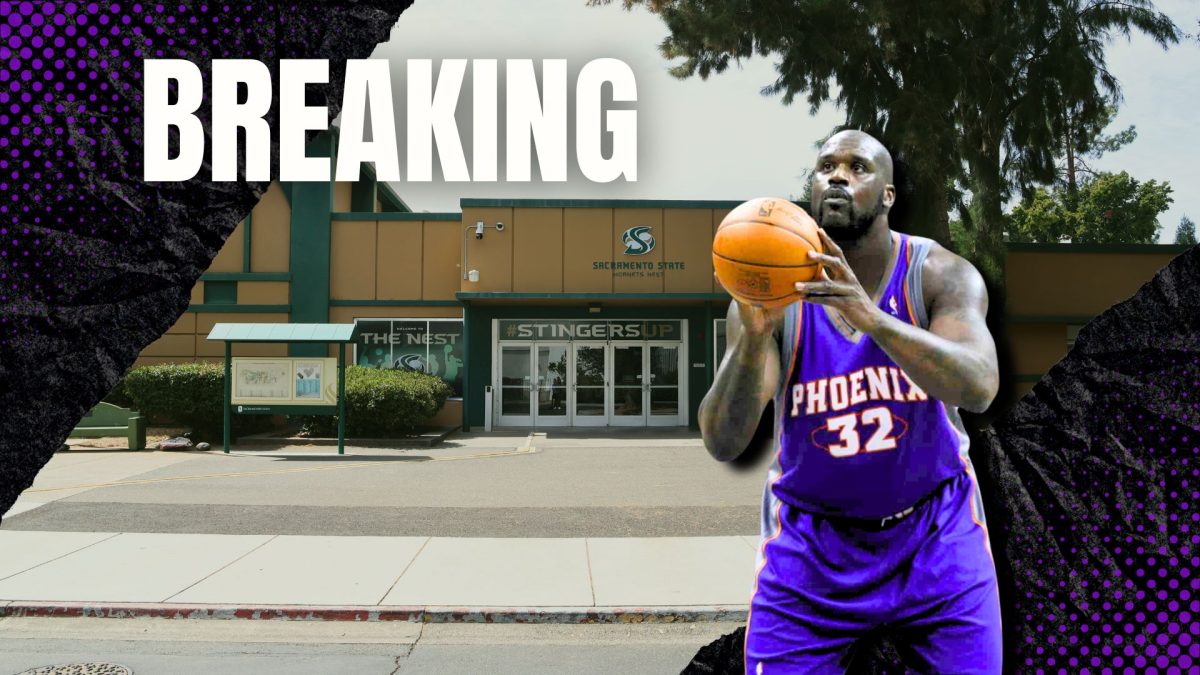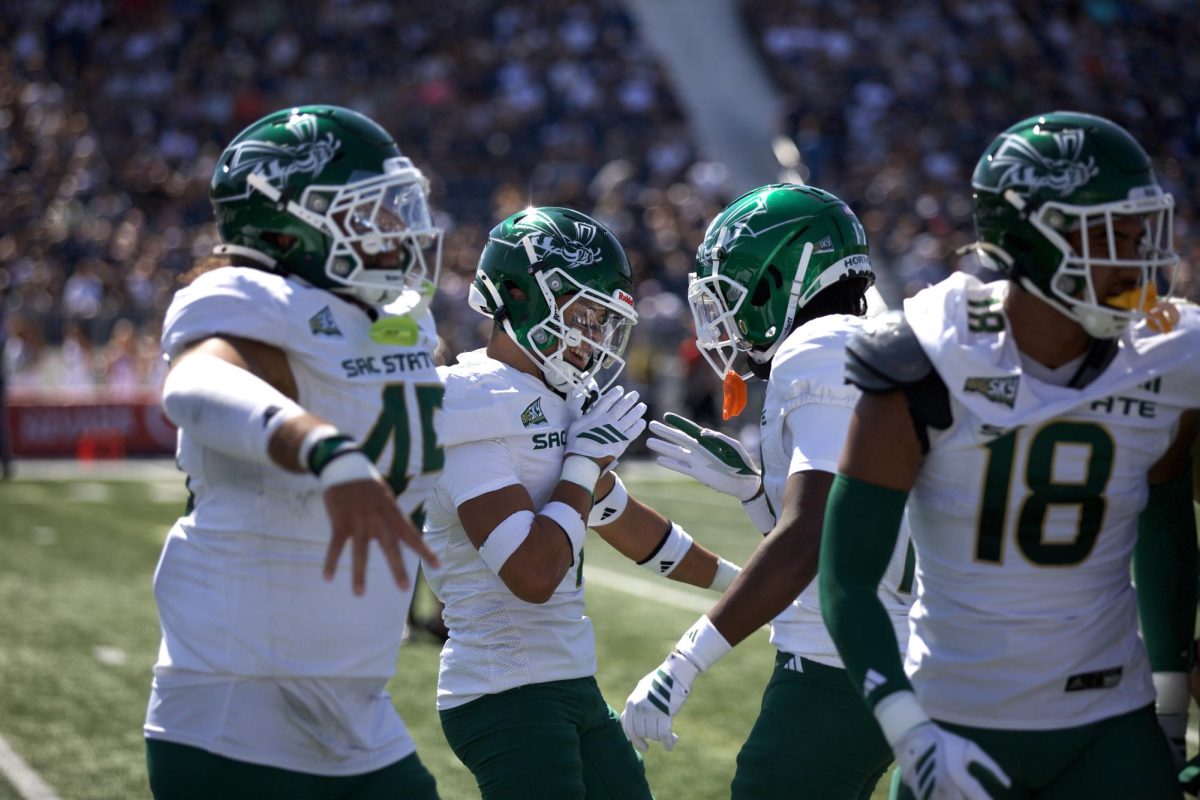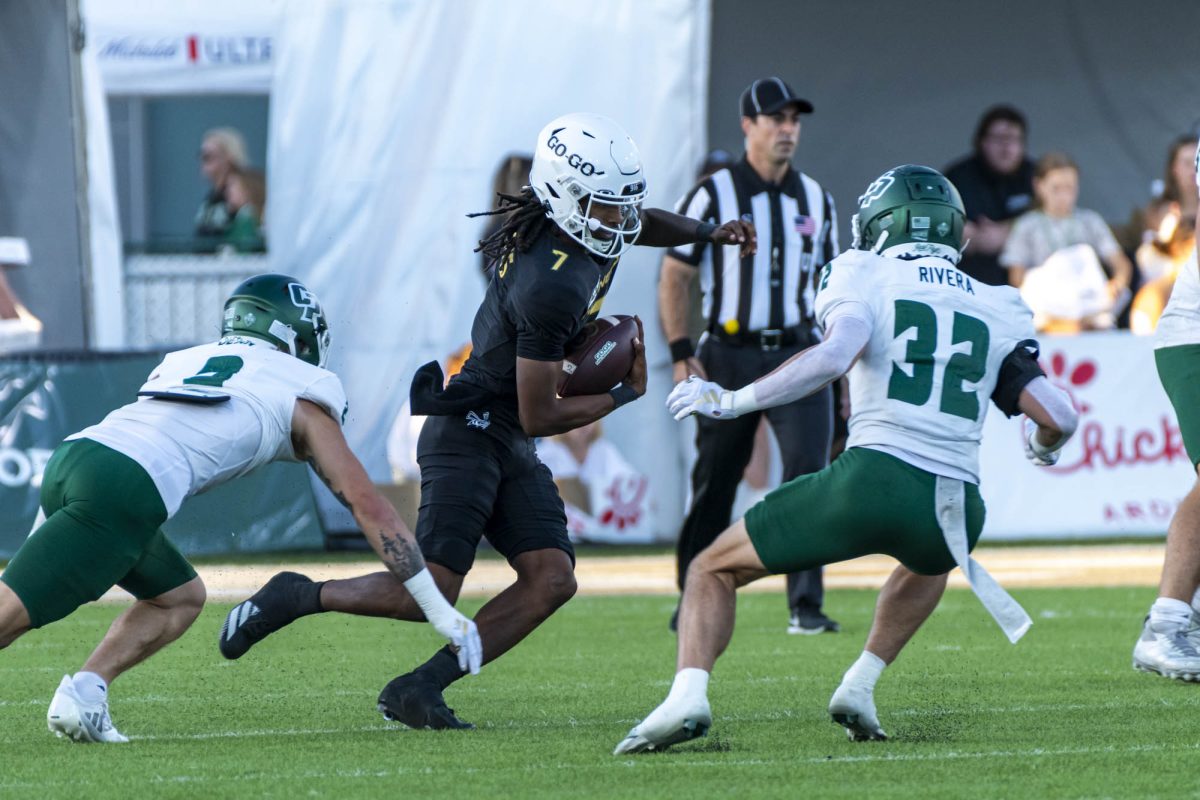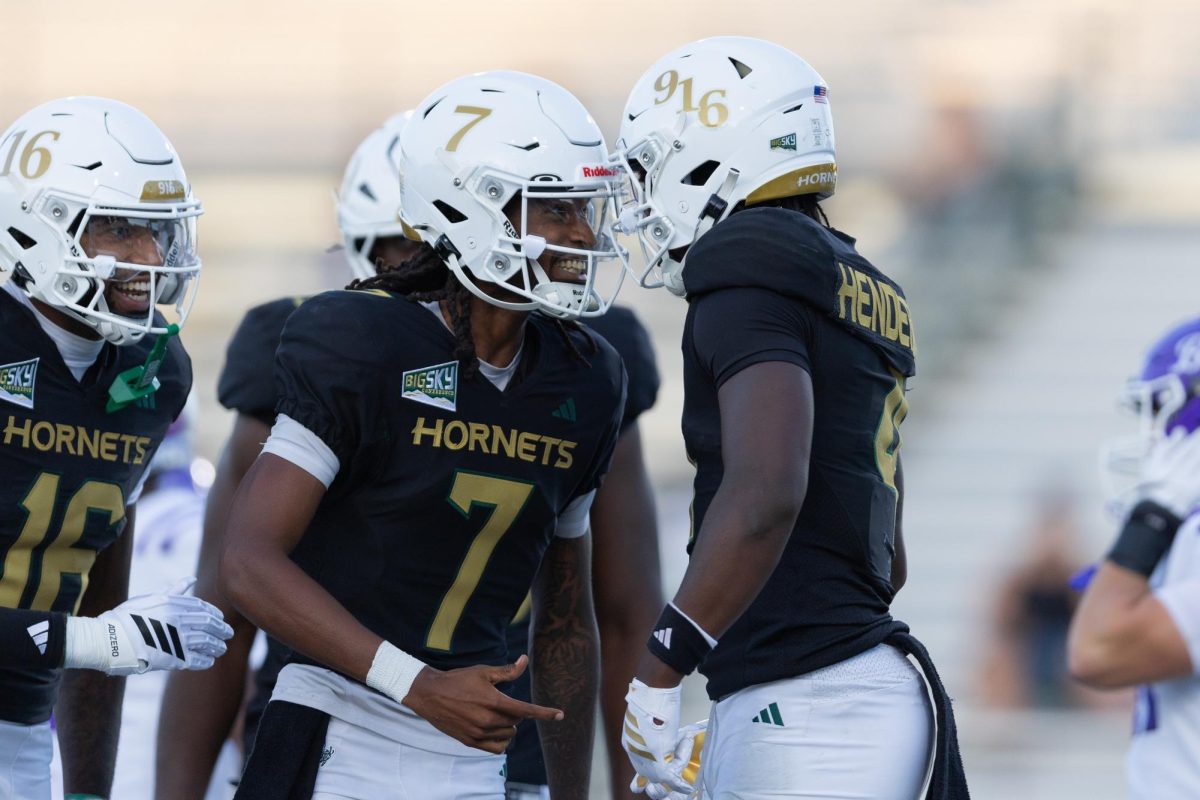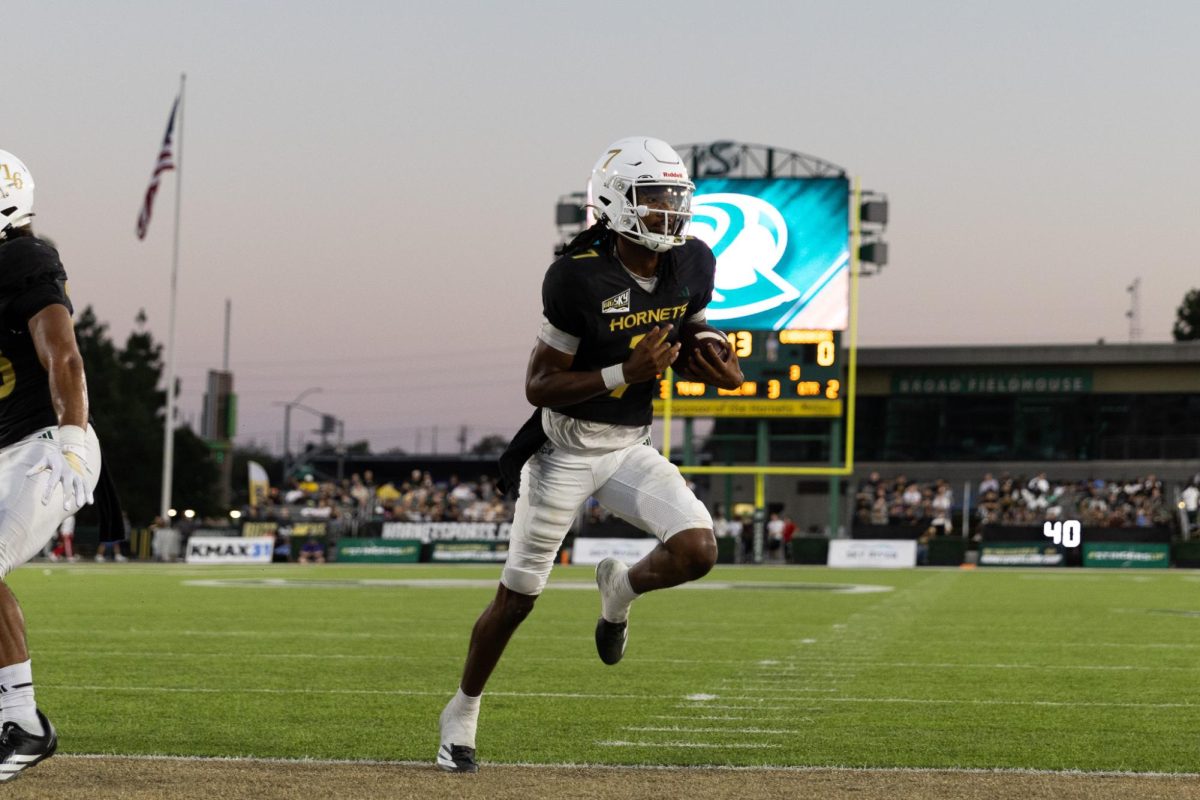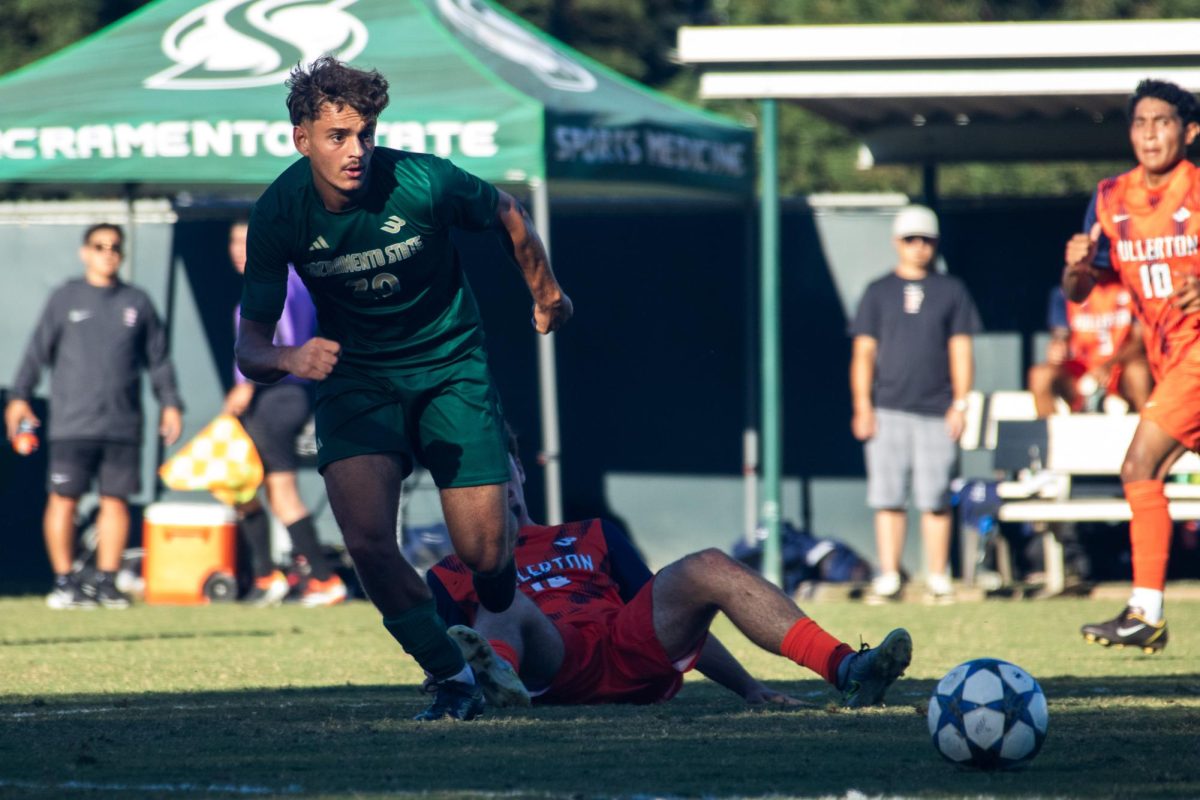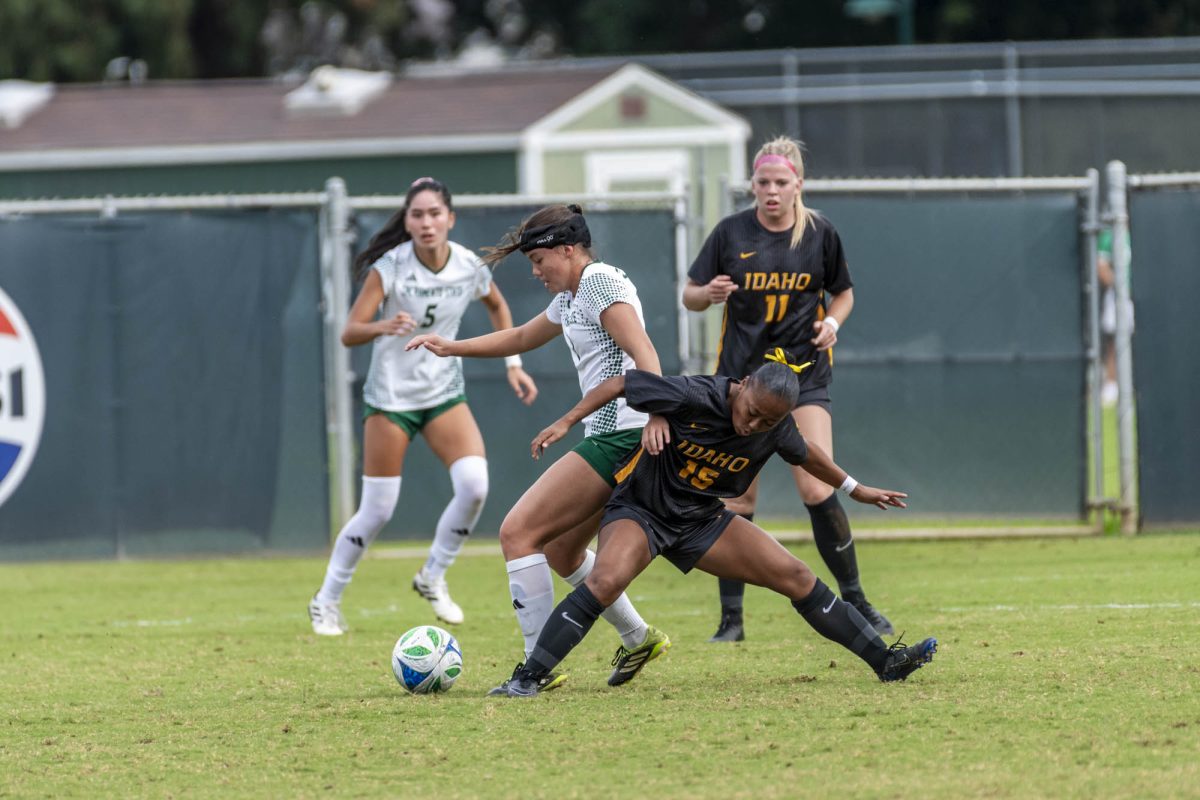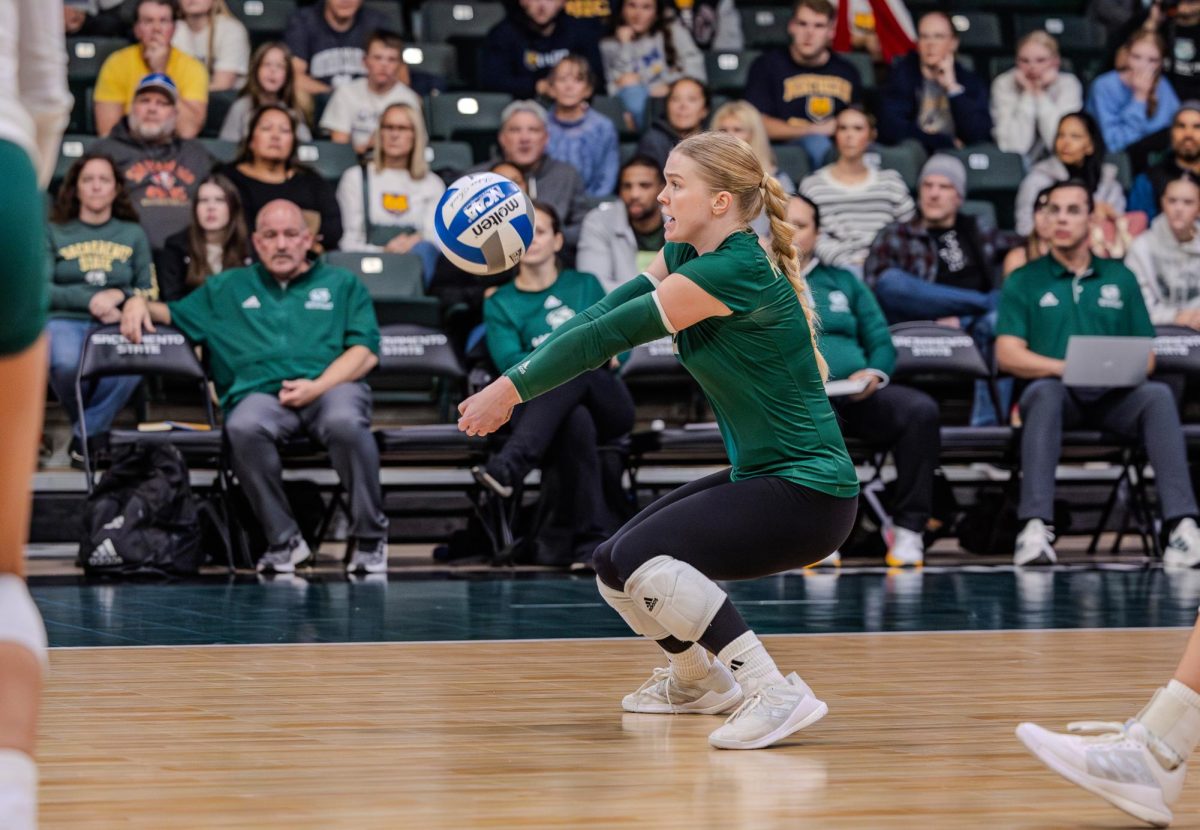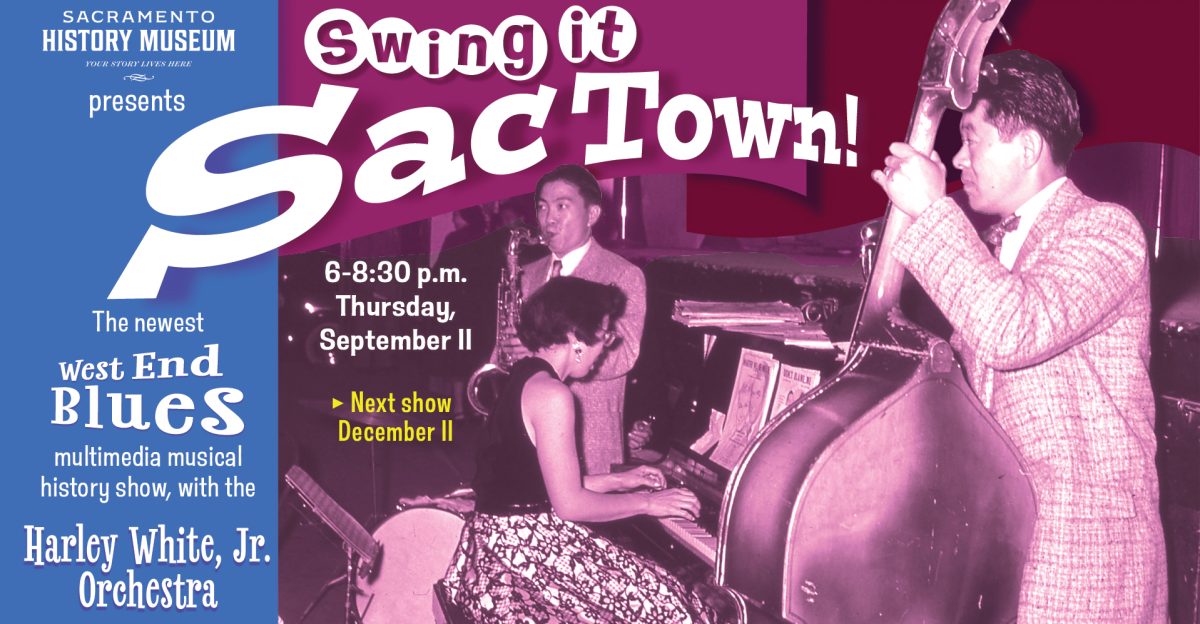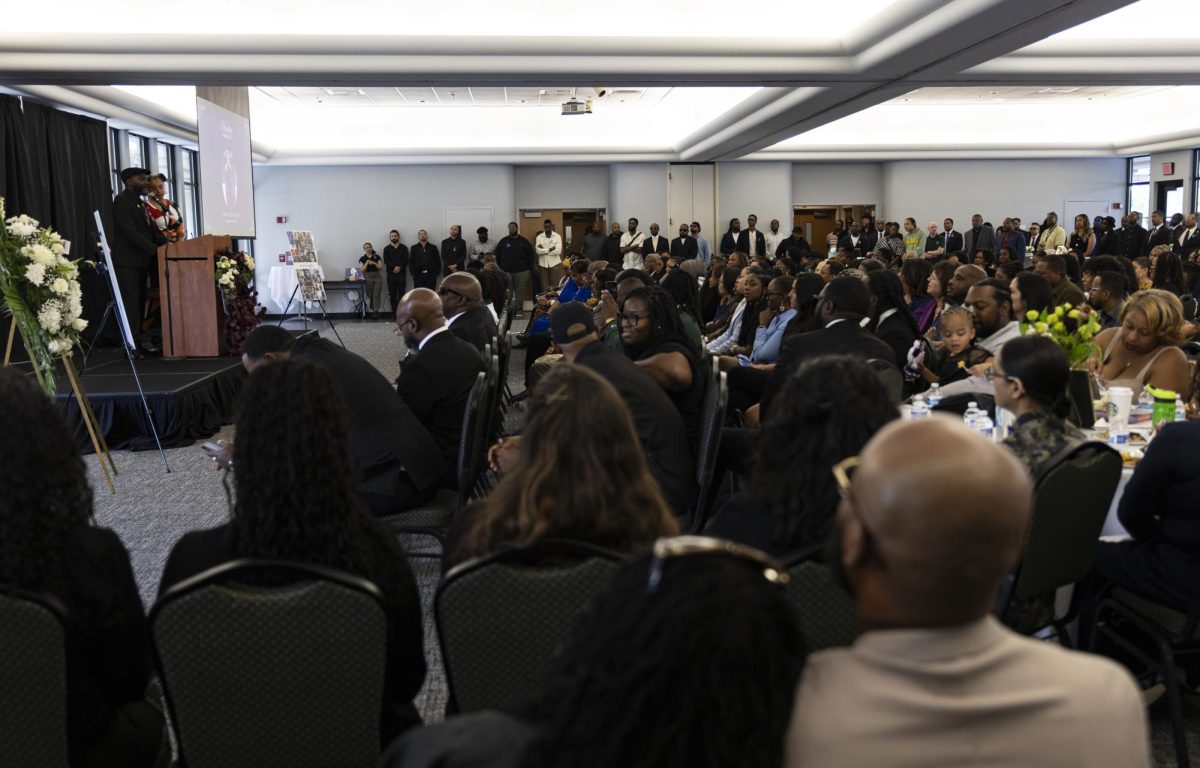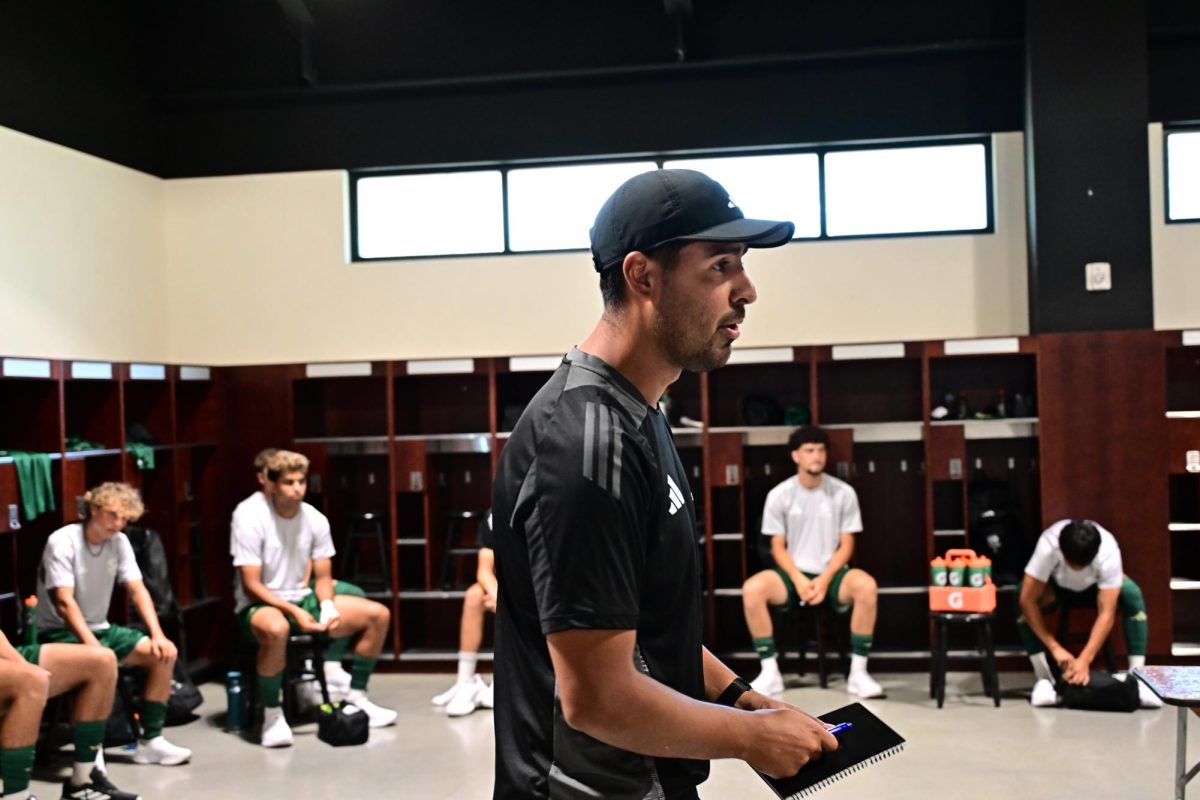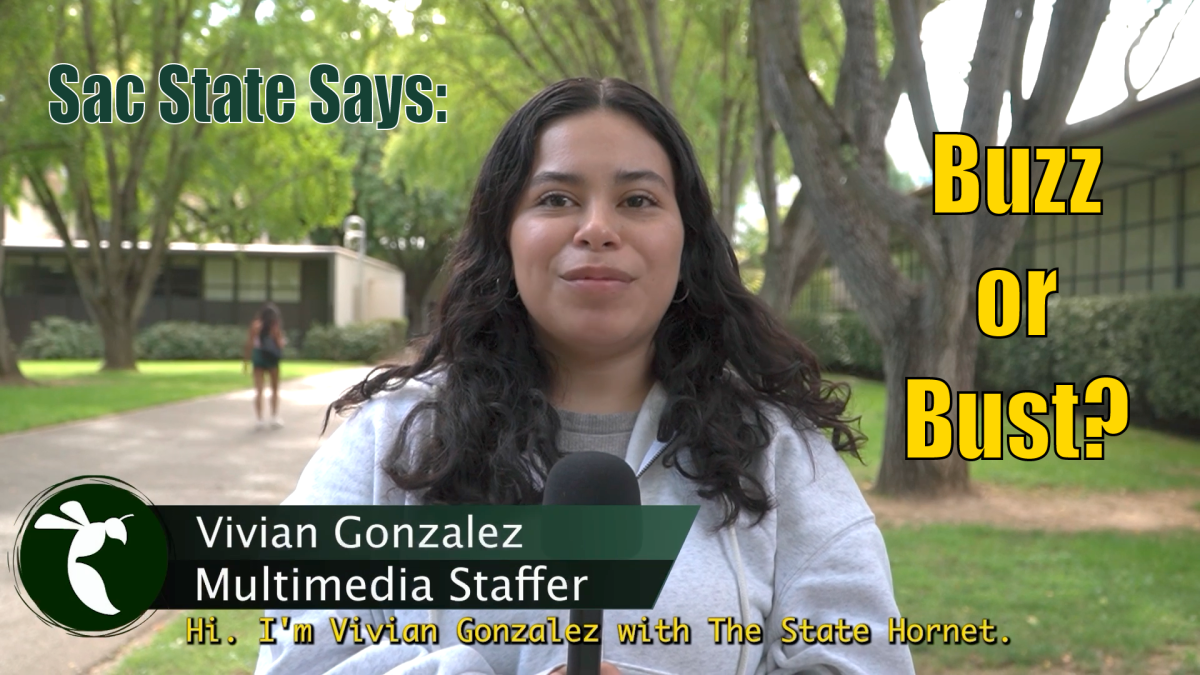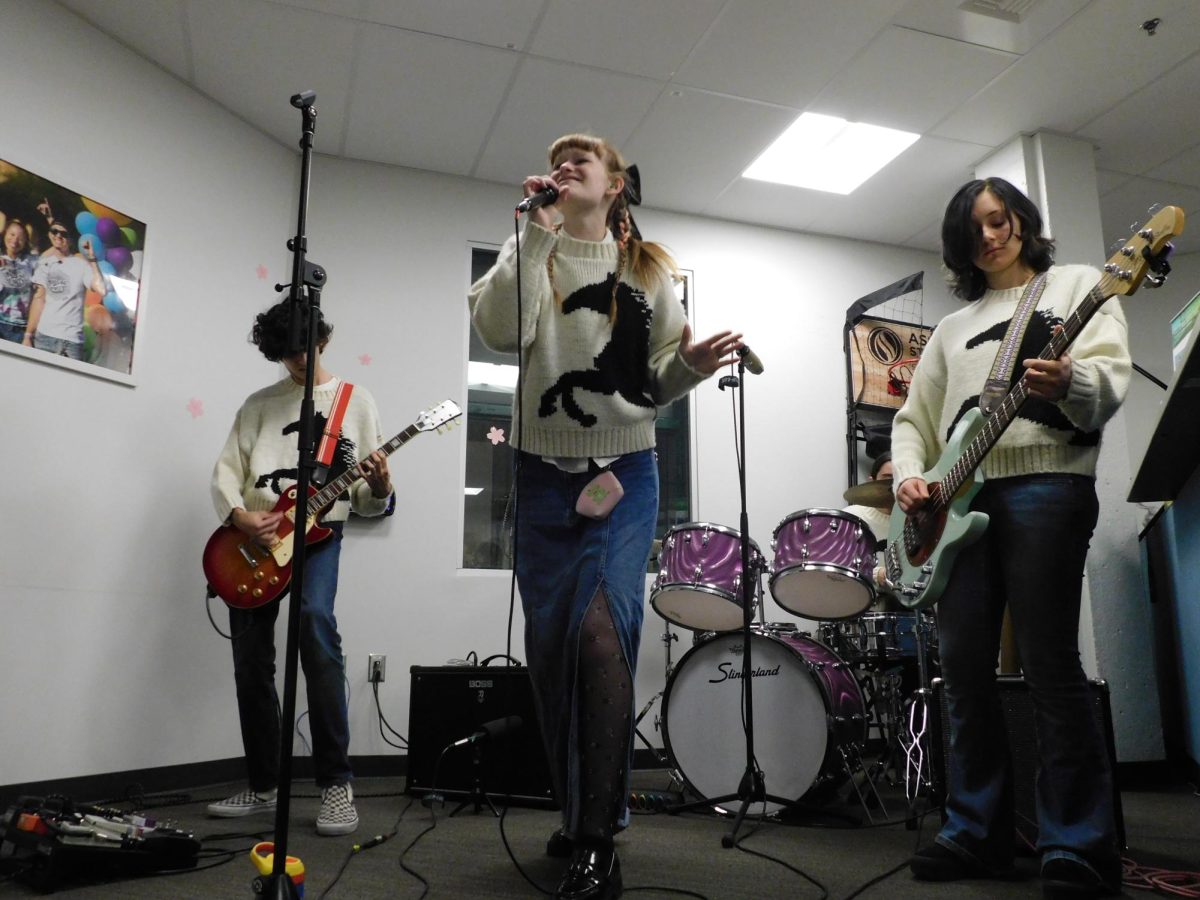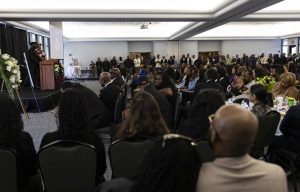Women’s rugby set for season
October 13, 2007
The Sacramento State Women’s Rugby Club is gearing up for the Division II season that starts in January.
The club has been around since 1999, said the club’s former president Lorae Simpson, who was president from 2003 to 2006.
Simpson said that during the 2001 and 2002 seasons, the team dwindled in numbers due to lack of organization because the club president at the time had personal issues and left the area.
Simpson graduated recently, but still has close ties to the team. She said the club operates under the supervision of Recreational Sports, which has been instrumental in its growth and success since the time she took over as the club president.
“Without Rec Sports’ help, we would never be able to grow like we have,” Simpson said. “They just want to see us do well and flourish.”
The club’s new president, senior Kristina Weber, is playing in her fourth year on the team.
“Each year we see more and more numbers,” Weber said. “We went from barely being able to field a team a couple years ago to having solid numbers.”
Weber said the club has done a lot of work trying to inform the campus community about women’s rugby. She said the club members have posted fliers on campus, put a sign in front of the dorms, had a booth in the quad during the first two weeks, and have relied on “word-of-mouth.”
“Our main goal is to get rugby out there,” Weber said. “We love this sport because everyone works together toward a common goal.”
Weber said the team does not have tryouts, meaning that players of all skill levels are encouraged to join the team.
Weber said that the women’s rugby club has the lowest fee to join of any Sac State group, at $115. She said the player fees go toward travel expenses and referees. Player jerseys are provided.
She said other than the money it receives from Rec Sports, the team has participated in a crab feed fundraiser, and has worked together with Round Table and Dos Coyotes to raise money, as well as sent out donation letters to local businesses.
Weber said the club’s team was originally coached by Simpson until just a couple years ago when Brad Johnstun became the full-time head coach.
“Brad is amazing. He’s really patient because a lot of these girls have never seen rugby before,” Weber said.
Johnstun, a former player on the Sac State Men’s Rugby Team, is in his third year as head coach of the women’s rugby team.
“The first year I was here, it was more of a social club – it didn’t seem that people took it that serious,” Johnstun said. “Now the goal is to win. Last year, the team lost in the first round of playoffs in a triple-overtime match against Western Oregon University.”
The club’s treasurer is junior Alexis Vieria-Potter who is in her third year on the team. She said the other schools in their division are UC Santa Cruz, St. Mary’s University, Santa Clara University and San Jose State University.
“Rugby is kind of like football and soccer combined,” Johnstun said.
Johnstun said eight players on each team lock up with each other to create the “scrum” which he compared to football offensive and defensive lines meeting at the line of scrimmage.
He said it is called the line of scrummage in rugby. The ball is placed under the scrum and teams try to push each other off the line of scrummage so they can get the ball to their players in the backfield, Johnstun said.
He said the object of the game is to score points by touching the ball to the ground in the opponent’s goal which is similar to a football “end zone.” This zone is called a “try zone” and when a team scores it is called a “try” which is good for five points, Johnstun said.
After a team scores a “try,” it gets a chance to score a goal which is an additional two points.
Johnstun said to get the two points, the ball must be placed on a tee and kicked over a crossbar and through goal posts similar to a football extra point. The goal is kicked from a spot perpendicular to the spot where the try was scored, Johnstun said.
A drop goal in rugby is similar to a field goal in football, Johnstun said, except a drop goal can be scored from anywhere on the field.
To be successful, the player has to drop kick the ball after it bounces through the goal posts. Johnstun said the player does not have to be and usually is not stationary when he or she kicks a drop goal.
Johnstun said there is a lot of running involved in rugby because the field is 130 meters long, each try zone is 10 meters long, and the whole field is 75 meters wide. He said the size of a rugby field is close to the size of a soccer field.
Johnstun said that each game is 80 minutes long and is divided into two different halves. He said the clock runs continuously and stoppage time for injuries is added on at the end of each half just like soccer.
Simpson said yellow and red cards are given to players who commit unsportsman-like fouls. She said it is just like soccer, where the yellow card means “caution” and the red card means the player cannot continue the game.
“There are 15 people on the field at a time…it is combined unit of forwards and backs and once you’re out there. There is not one person that makes a team,” Johnstun said.
“I call it a sorority with tackling,” Vieria-Potter said. “When we play, it’s like going to a battle; you have to trust you teammates because they’re your family out there.”
Contact Andrew Eggers at [email protected]

































